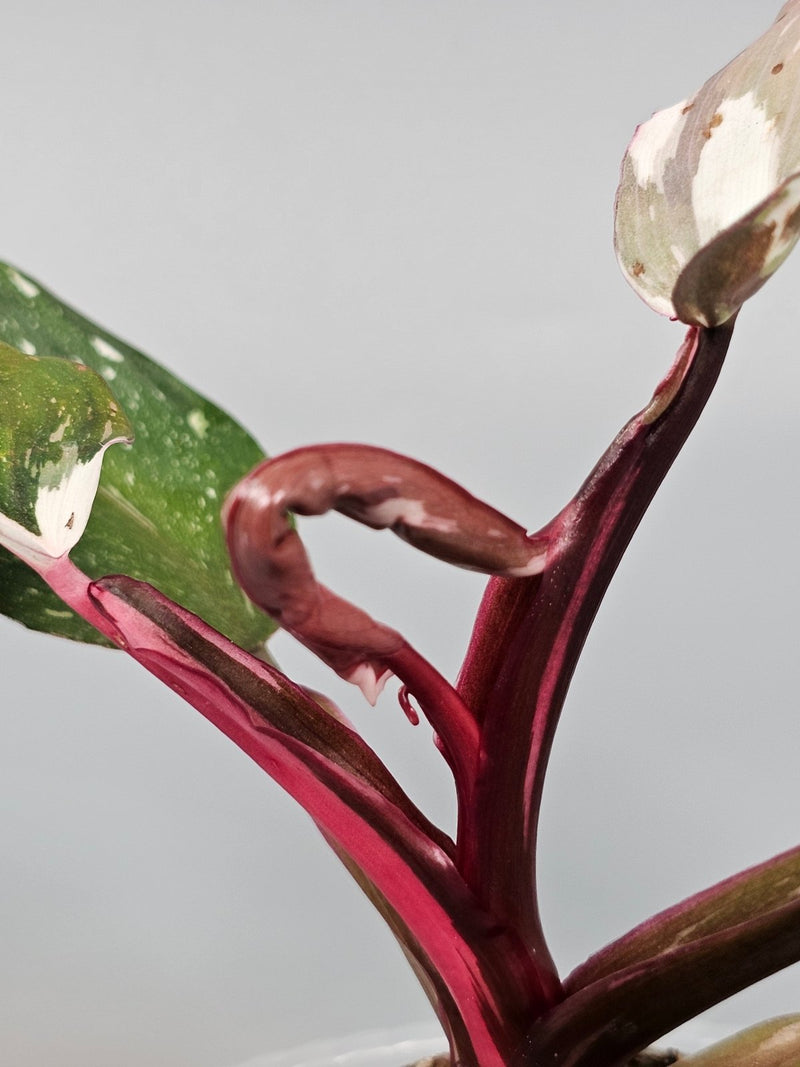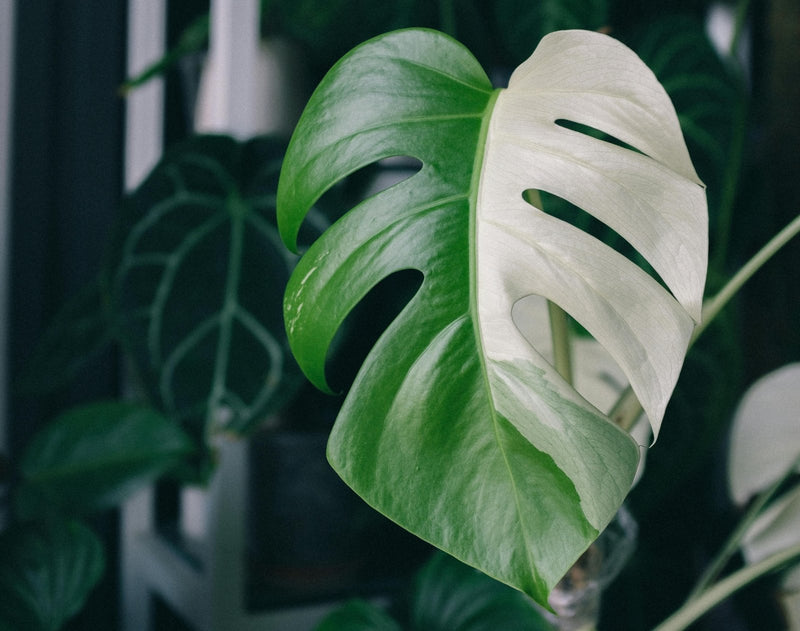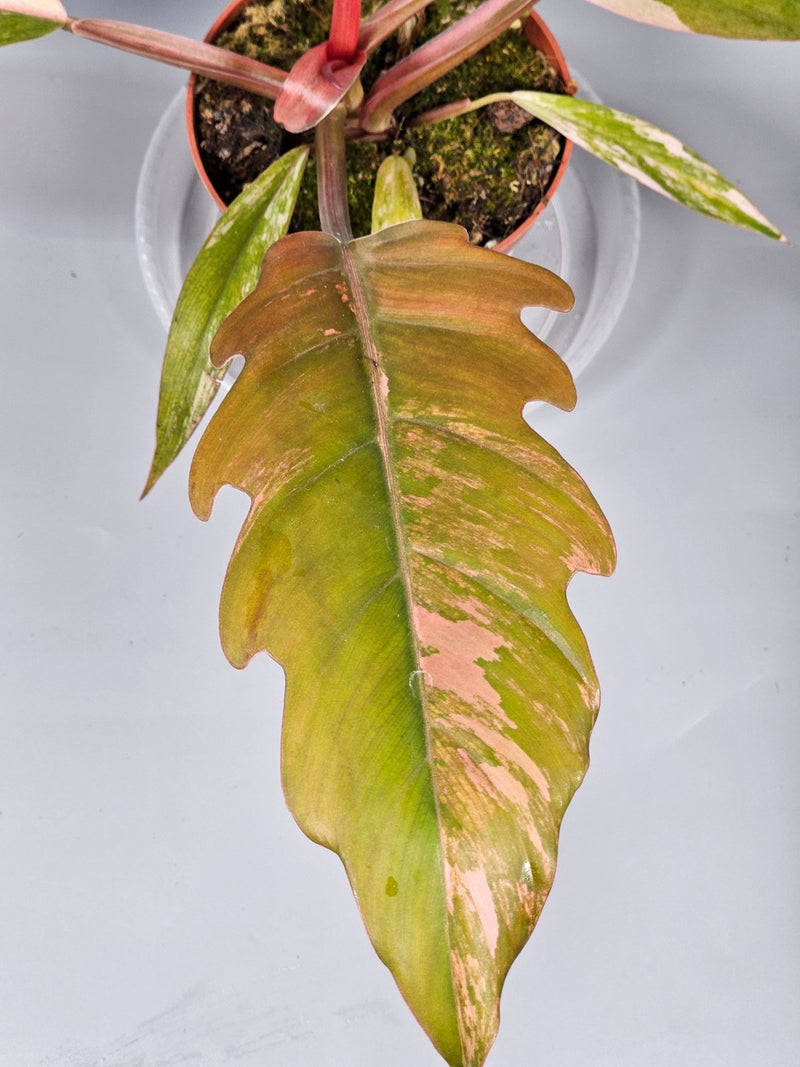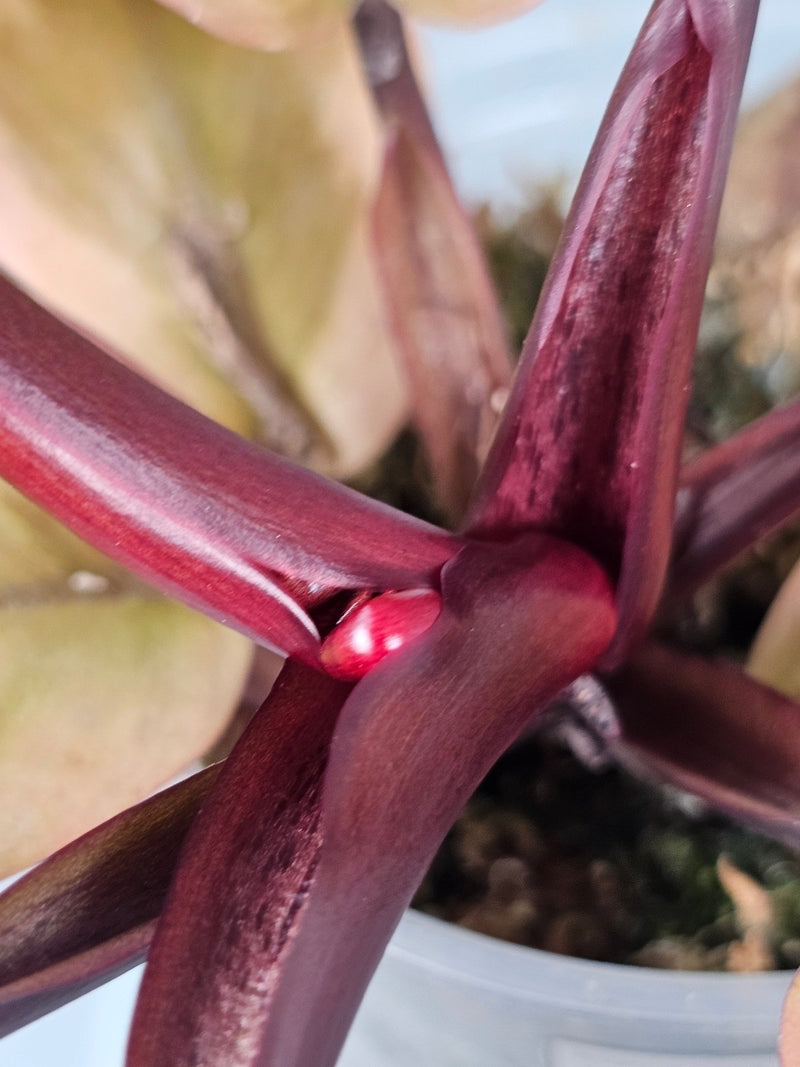
by Odd Leaf
How to Build Your Rare Plant Collection from Cuttings
How to Build Your Rare Plant Collection from Cuttings Starting a collection of rare houseplants can be a thrilling and rewarding hobby. Not only do these plants bring a unique beauty to your home, but the process of cultivating them can also be deeply satisfying. One of the most cost-effective and rewarding methods to expand your collection is through plant cuttings. This guide will walk you through the basics of how to successfully grow your rare houseplants using cuttings. Understanding Plant Cuttings Plant cuttings involve taking a segment of a plant and using it to grow a new plant. This method is particularly popular among rare houseplant enthusiasts because it allows you to multiply your collection without purchasing new plants. Stem Cuttings: This involves cutting a section of the stem which includes at least one node (where leaves, branches, or aerial roots grow from). Leaf Cuttings: Some plants can be propagated just by using a piece of the leaf, including many types of succulents and begonias. Root Cuttings: This less common method involves taking a section of root to produce new shoots. Choosing the Right Plants for Cuttings Not all plants are suitable for propagation from cuttings. Some of the best rare houseplants for beginners to propagate include varieties from the Monstera, Philodendron, and Syngonium families. These plants tend to root easily and grow vigorously. Step-by-Step Guide to Propagating from Cuttings Prepare Your Tools: You'll need a sharp, clean pair of scissors or a knife, pots, fresh potting soil, and rooting hormone (optional but helpful). Select and Cut: Choose a healthy section of the plant with at least one node. Make a clean cut just below the node. Apply Rooting Hormone: Dip the cut end into rooting hormone. This step is optional but can encourage quicker and more robust root development. Plant: Place the cutting in moist potting soil or water, depending on the specific requirements of the plant. Ensure the node is well covered. Provide Care: Keep the cutting in a warm, humid environment with indirect light. Monitor the moisture level to ensure it doesn’t dry out or become waterlogged. Transplant: Once the cutting has established roots and starts showing new growth, transplant it into a larger pot with fresh soil. Troubleshooting Common Issues Propagating rare houseplants isn't without its challenges. Here are some common issues you might encounter: Rotting: This can occur if the cutting is too wet. Ensure proper drainage and avoid overwatering. No Root Growth: Some cuttings take longer to root. Patience is key. However, if after several weeks there’s no sign of growth, you may need to try again with a new cutting. Mold: Keep the environment clean and reduce humidity if mold appears. Frequently Asked Questions Can all rare houseplants be propagated from cuttings? Not all plants are suitable for propagation from cuttings. It’s essential to research each species’ specific needs. How long does it take for roots to form? It can vary widely depending on the plant type and environmental conditions, but typically it takes a few weeks to a few months. What are the best conditions for rooting cuttings? Most cuttings thrive in warm, humid conditions with indirect sunlight. Avoid direct sun as it can scorch the delicate new roots. Further Reading Expanding your knowledge on the care of rare houseplants can dramatically increase your success rate. Consider reading more about specific plants and their needs at these links: How to Water Alocasia Without Overwatering Philodendron Melanochrysum vs. Gloriosum: What’s the Difference? Anthurium Clarinervium Care and Common Mistakes to Avoid Building a collection of rare houseplants from cuttings is a fulfilling project that can beautify your home and deepen your connection with nature. With patience and care, even beginners can cultivate a thriving indoor garden.




